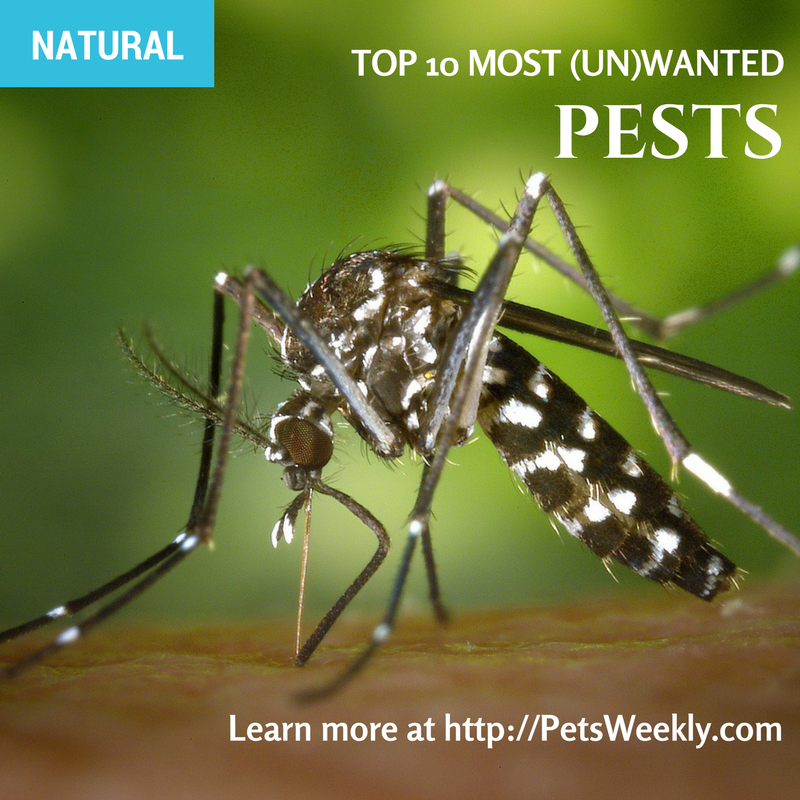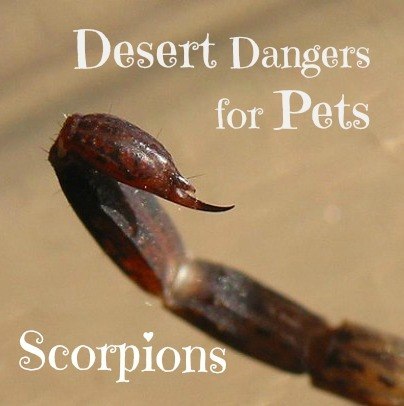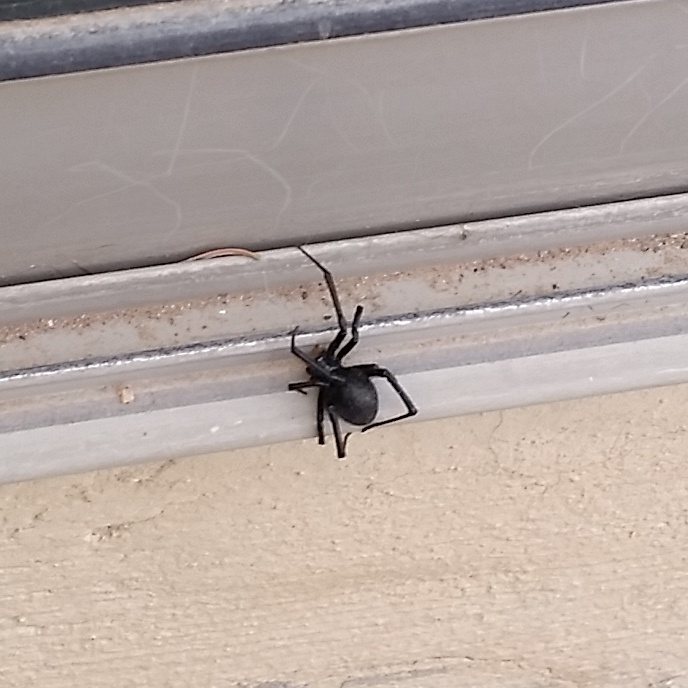Top 10 Most (Un)Wanted Pests
Share
 It’s summer all year long in the deserts of Arizona. With temperate climates come some of the desert’s most unwanted critters!
It’s summer all year long in the deserts of Arizona. With temperate climates come some of the desert’s most unwanted critters!
Kim McCrone, from AZPetProfessionals, has put together this informative list on the Top 10 Most Un-wanted Pests in the Southwest.
Read on and learn how you can identify, treat, and eliminate these pests from your home (and learn to avoid them while you’re exploring our beautiful land)!
[heading style=”1″ color=”#006666″ style_color=”#006666″]1. Desert Toad [/heading]Aka: Sonoran Desert Toad, Colorado River Toad, Bufo Toad
Last seen: At night, just before or after Monsoon Season
Danger: Neurological toxins on skin glands cause seizure-like symptoms and excessive salivation if a dog licks, bites or plays with the toad or drinks from a water bowl where the toad was sitting.
Treatment: Flush out your dog’s mouth thoroughly with a water hose aiming sideways, not down his throat. If a pet is not back to normal within 30 minutes and continues to salivate, vomit or acts strangely, take to your veterinarian immediately.
(Learn more in our article, Desert Dangers: Toads)
[heading style=”1″ color=”#006666″ style_color=”#006666″]2. Rattlesnakes[/heading]

Aka: Diamondback, Mojave or any of the 17 rattlesnake species native to Arizona.
Last seen: Summer evenings after sunset or warm spring and fall days.
Danger: Curious or aggressive dogs confront snake, get bitten. The venom causes tissue necrosis and sometimes neurological symptoms.
Prevention: Do not let dog run ahead of you on walks. Consider Snake Aversion Therapy. Ask your veterinarian about the Rattlesnake Vaccine.
Treatment: A snake bite is an emergency situation – get your pet to a veterinarian immediately.
(Learn more in our article, Desert Dangers: Rattlesnakes)
[divider style=”5″ color=”#006666″ icon_color=”#006666″ icon_style=”3″ top=”yes”][heading style=”1″ color=”#006666″ style_color=”#006666″]3. Scorpions[/heading]

Aka: Bark Scorpion
Last seen: Outside at night during warmer summer months. Inside your house all year round.
Danger: Scorpion venom contains enzymes which are very painful.
Prevention: Supervise dogs on night walks. Hard to prevent if scorpions are in your home.
Treatment: Watch animal for signs of drooling, swelling at site of sting, tremors, breathing problems, dilated pupils and acting painful. If pet does not improve, take to your veterinarian. Do NOT give your pet any medication from home! Seek veterinary care!
(Learn more about Desert Dangers: The Bark Scorpion)
[divider style=”5″ color=”#006666″ icon_color=”#006666″ icon_style=”3″ top=”yes”][heading style=”1″ color=”#006666″ style_color=”#006666″]4. Spiders[/heading]

Aka: Tarantula, Black Widow, and Brown Recluse (Learn more about Spider Bites in Pets: Black Widows)
Last seen: In dark crevices, holes and wood piles. Often seen in garages.
Danger: Female black widow’s venom can injure, even kill a small pet.
Prevention: Limit pet access to places that may be home to the above spiders
Treatment:
For Black Widow Bites, Onset of clinical signs is usually about 8 hours post-venomation.
Cats are very sensitive and death is common.
- Primary treatment is special anti-venom.
- Seek a 24 hour Emergency Clinic for care. Prognosis is uncertain and complete recovery may take weeks.










